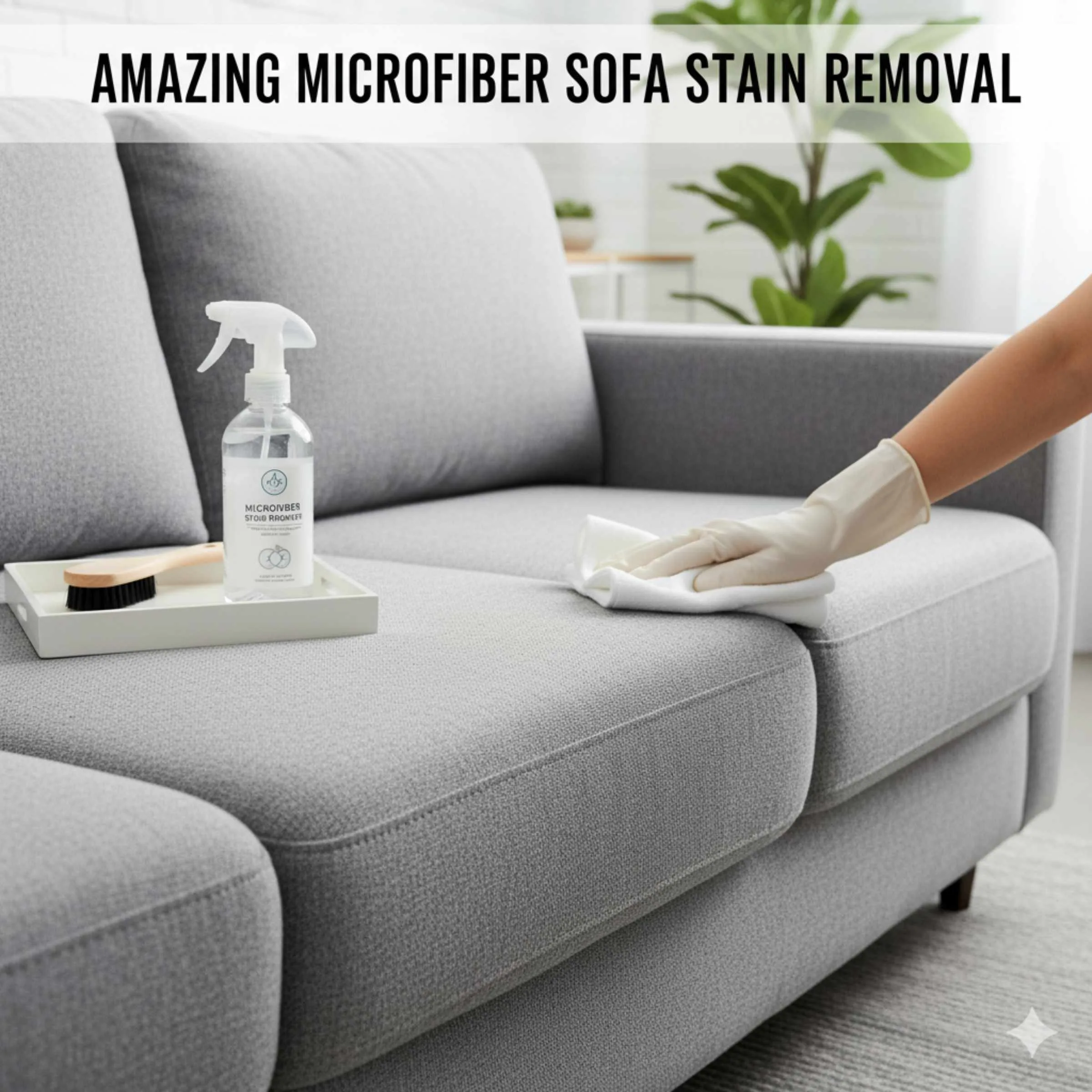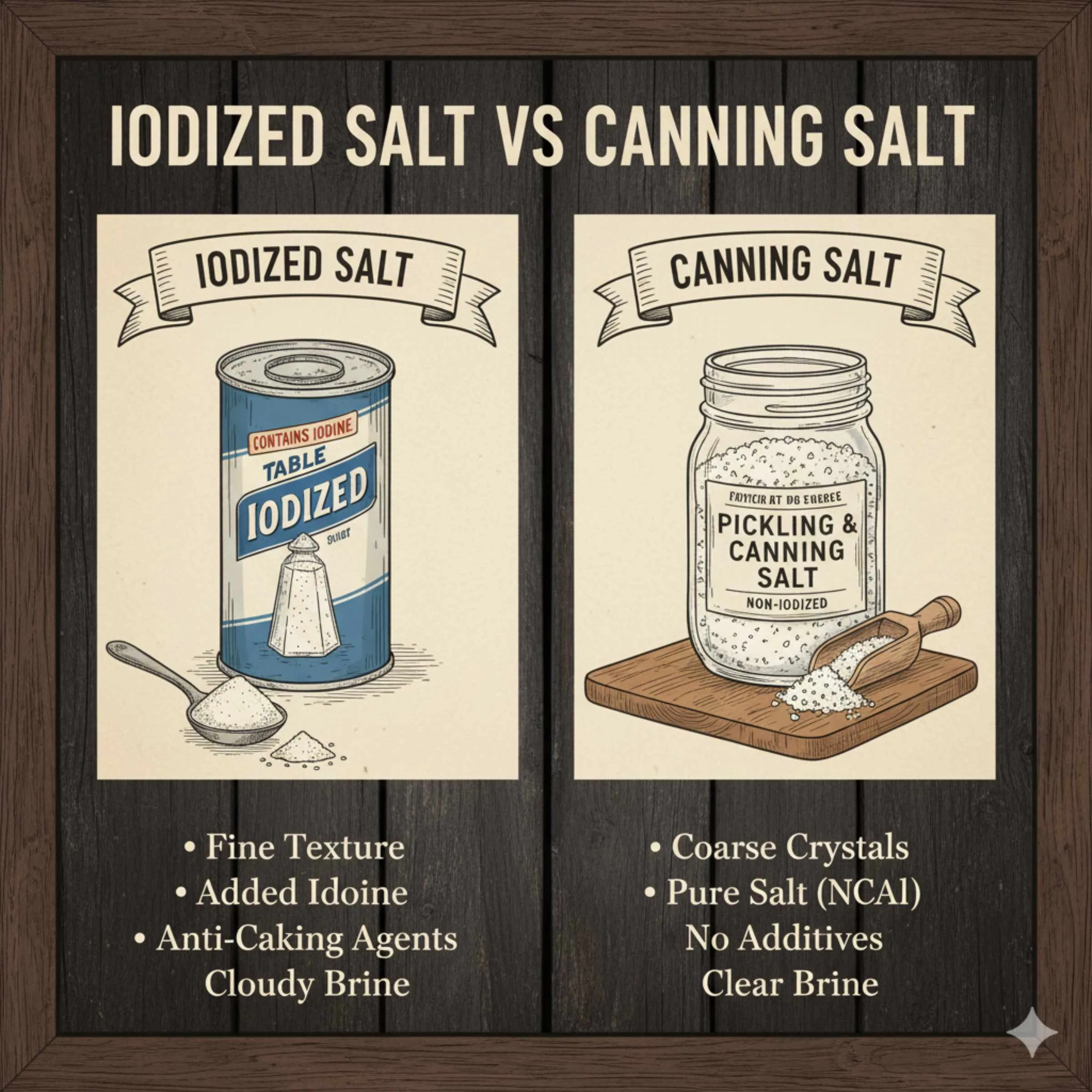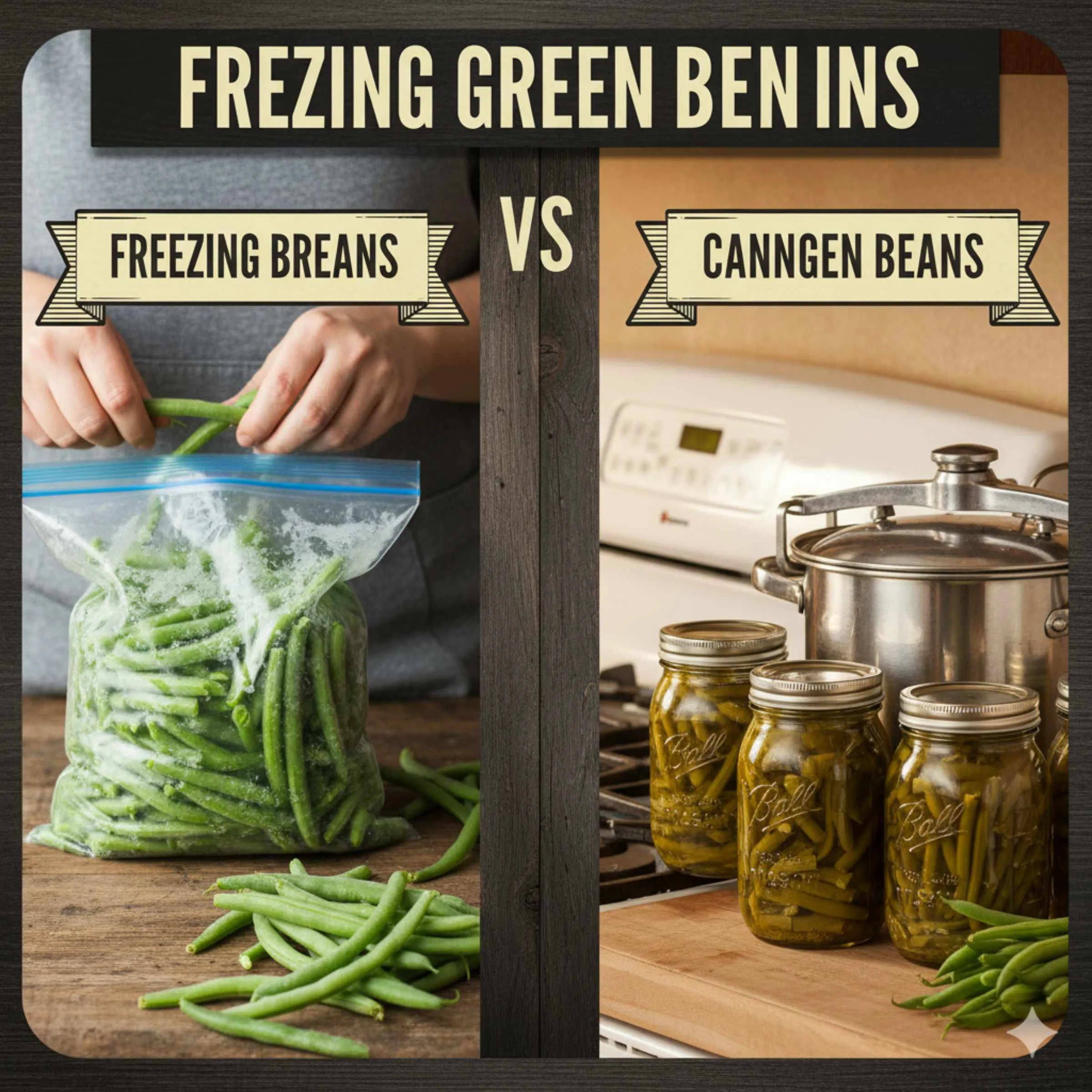Stains on your microfiber sofa? No sweat! This guide gives you simple, step-by-step methods and common household cleaners to blast away spills and keep your couch looking fresh. You’ll be a microfiber stain removal pro in no time!
Hey everyone, Dustin here! You know how sometimes life happens? A spilled drink, a messy snack, or even a muddy paw print on your favorite microfiber sofa. It’s easy to panic, thinking your couch is ruined. But I’m here to tell you there’s no need to worry! Microfiber is tougher than it looks, and getting those stubborn stains out is totally doable. You don’t need fancy equipment or a degree in chemistry. We’re going to tackle this together, just like we tackle an oil change or tire rotation. I’ll walk you through straightforward steps that anyone can follow. Let’s dive in and get your sofa looking like new again!
Understanding Your Microfiber Sofa
Before we grab any cleaning supplies, it’s super important to know what kind of microfiber you’re dealing with. Think of it like checking your car’s owner’s manual before you try a new repair. Most microfiber upholstery has a small tag, usually tucked under a cushion or on the frame. This tag is your secret weapon! It has a cleaning code that tells you exactly what you can and can’t use. Messing this up is like putting the wrong oil in your engine – you don’t want that!
Decoding the Cleaning Codes
These codes are usually a single letter:
- W: This is the most common and easiest to work with. It means you can use water-based cleaners.
- S: This code means you should only use solvent-based cleaners. Water can actually damage or stain this type of microfiber.
- S/W: Your lucky day! This means you can use both water-based and solvent-based cleaners.
- X: This is the trickiest. It means you should only use vacuuming or a very gentle brushing. No liquids at all!
Always check that tag first. Seriously, it’s the most crucial step to avoid making a stain worse or damaging your sofa. If you can’t find the tag, err on the side of caution and stick to the gentlest methods like vacuuming and light blotting with just water, and maybe test in a hidden spot first.

Essential Tools for Microfiber Stain Removal
Just like having the right wrench makes a job easier, having the right tools for sofa cleaning makes a world of difference. You probably have most of these already lying around your house, which is great for saving money!
- Clean White Cloths or Paper Towels: White is key so you don’t transfer any color onto your sofa. You’ll need several!
- Spray Bottle: For applying your cleaning solutions evenly.
- Vacuum Cleaner with Upholstery Attachment: To remove loose dirt and debris before you start.
- Soft Brush or Stiff Brush (depending on microfiber type): For gentle agitation or loosening dried-on messes.
- Small Bowl: For mixing cleaning solutions.
- Sponge (optional): For applying solutions or blotting.
- Bucket (optional): For larger water-based cleaning jobs.
Step-by-Step Guide: How to Get Stains Out of Microfiber Sofa
Alright, time to get down to business! We’ll cover the most common cleaning codes and stain types. Remember to always test any cleaning solution in an inconspicuous area first to make sure it doesn’t discolor or damage the fabric. This is like testing a new car wax on a small, hidden part of your car’s paint before applying it everywhere.
Step 1: Act Fast! Blot, Don’t Rub
The moment you notice a spill, grab your clean white cloths or paper towels. Gently blot the area. The goal is to soak up as much of the fresh spill as possible. Rubbing can spread the stain and push it deeper into the fibers, making it much harder to remove.
Imagine trying to catch an oil drip under your car – you’d use a rag to soak it up, not spread it around. It’s the same principle here. Blot from the outside of the stain working your way in to prevent spreading.
Step 2: Vacuum the Area
Once you’ve blotted up any excess liquid or solid material, use your vacuum cleaner with the upholstery attachment. This will remove any loose debris or dried-on bits that didn’t come up with blotting. This step is especially important for dried-in stains or if the spill had solid components like food crumbs.
Step 3: Choose Your Cleaner Based on the Code
This is where the cleaning tag comes in handy. Refer back to the codes (W, S, S/W, X) and choose the appropriate cleaning method.
For ‘W’ Code (Water-Based Cleaning):
Water-based cleaners are your best bet here.
- Mild Dish Soap and Water: Mix a few drops of mild dish soap (like Dawn, known for its grease-cutting power) with a cup of lukewarm water in a spray bottle.
- White Vinegar and Water: For tougher stains, or if you want to deodorize, mix equal parts white distilled vinegar and water. Vinegar is nature’s cleaner and can be surprisingly effective. According to the Environmental Protection Agency (EPA), vinegar is a safe and effective cleaner when used properly for many household tasks.
How to apply: Lightly mist the stained area with your chosen solution. Don’t soak the fabric. Then, gently blot with a clean white cloth, working from the outside of the stain inward.
For ‘S’ Code (Solvent-Based Cleaning):
Water is a no-go here! You’ll need a solvent. For many homeowners, this means rubbing alcohol (isopropyl alcohol) or a commercial upholstery cleaner specifically designed for ‘S’ code fabrics.
- Rubbing Alcohol (Isopropyl Alcohol): This is often the safest and most accessible solvent for ‘S’ code microfiber. You can find it at any drugstore. It evaporates quickly and usually doesn’t leave a residue.
- Commercial Upholstery Spot Removers: Look for products that specifically state they are for ‘S’ code fabrics or are solvent-based. Always read and follow the manufacturer’s instructions carefully.
How to apply: Dampen a clean white cloth with the rubbing alcohol or solvent cleaner. Gently blot the stain. Again, avoid over-saturating the fabric. Work from the outside in.
For ‘S/W’ Code (Water or Solvent-Based):
You have the most flexibility! You can try the ‘W’ code methods first. If the stain is stubborn, then move on to the ‘S’ code methods. Start with the gentlest option and work your way up.
For ‘X’ Code (Vacuum Only):
If your tag says ‘X’, you’re best off just vacuuming. For any kind of spot or stain, you might need to use a soft brush to gently loosen dried debris. If a stain is particularly bad, it might be worth calling a professional upholstery cleaner. Trying liquids on ‘X’ code fabric could cause permanent damage.
Step 4: Gentle Agitation (If Needed)
For tougher, dried-on stains, you might need a little gentle agitation after applying the cleaning solution. Use a soft-bristled brush (like a soft toothbrush or an upholstery brush) and gently work the cleaner into the stain. For ‘S’ code fabrics or very delicate microfibers, be extra careful and use the lightest touch possible.
Think of it like carefully cleaning a delicate part of an engine – you use the right tool and a gentle touch to avoid causing damage. Avoid scrubbing vigorously, as this can damage the fibers and spread the stain.
Step 5: Blotting to Remove the Cleaner and Stain
Once you’ve agitated the spot, use a clean, dry white cloth to blot up the loosened stain and cleaning solution. You should start to see the stain transferring onto your cloth. Keep using fresh sections of the cloth until no more stain is visible.
Step 6: Rinse (For ‘W’ Code Only)
If you used a water-based cleaner (‘W’ or ‘S/W’ code), you’ll want to rinse the area to remove any soap residue. Lightly mist the spot with plain water using your spray bottle. Then, blot thoroughly with a clean, dry cloth until the area is as dry as possible.
Step 7: Drying the Microfiber
This is a crucial step for preventing water rings or stiffness. You have a few options:
Air Dry: Let the sofa air dry completely. Good air circulation helps. You can open windows or use a fan. This is the most natural method.
Gentle Heat: Once mostly dry, you can use a hairdryer on a cool or low heat setting, held at a distance, to speed up the drying process and help fluff the fibers.
Fluffing the Fibers: Once dry, the microfiber might feel a little stiff. Use a soft brush or even your hand to gently brush the area and restore the nap (the soft, fuzzy texture) of the fabric. This usually brings back the original feel and look.
For more stubborn stains, you might need to repeat the process. Don’t get discouraged!
Tackling Specific Stain Types
Different stains need slightly different approaches. Here’s a quick rundown for common offenders:
Grease and Oil Stains
Grease is a tough one, but microfiber can handle it. For ‘W’ or ‘S/W’ code fabrics, a little mild dish soap is excellent because it’s designed to cut grease. For ‘S’ code fabrics, rubbing alcohol is your best bet. You can also try sprinkling baking soda or cornstarch on fresh grease stains to absorb the oil before you start cleaning. Let it sit for 15-30 minutes, then vacuum it up before proceeding with your chosen cleaner.
Ink Stains
Ink can be tricky. Rubbing alcohol is often the go-to solution for ink on ‘S’ or ‘S/W’ code fabrics because it can help dissolve the ink. For ‘W’ code fabrics, try a solution of water and a tiny bit of dish soap, or a paste of baking soda and water. Always blot gently and be patient!
Food and Drink Stains (e.g., Coffee, Wine, Juice)
These are common! For ‘W’ or ‘S/W’ code fabrics, a mixture of water and white vinegar is often effective. For red wine, some people swear by blotting with white wine first (yes, really!) before using a standard cleaning solution. For coffee or juice, a mild dish soap and water solution usually does the trick.
Mud Stains
The absolute best first step for mud is to let it dry completely. Once dry, you can usually just brush or vacuum away most of the dried mud. Then, treat any remaining discoloration as you would a regular dirt stain, using the appropriate cleaner for your fabric code.
General Stain Removal Tips and Tricks
Here are some extra pointers to help you become a microfiber stain removal expert:
- Test First: I can’t stress this enough. Always test your cleaning solution on a hidden area of the sofa first.
- Work in Sections: If you’re cleaning a larger area or a stubborn stain, work in small sections. This prevents the cleaning solution from drying before you can blot it up.
- Patience is Key: Some stains require multiple attempts. Don’t give up after the first try!
- Be Consistent: Try to use consistent blotting pressure and avoid over-wetting the fabric.
- Ventilation: When using solvent cleaners, ensure the room is well-ventilated by opening windows or doors.
- Protect Your Floor: Place towels or newspapers under the area you are cleaning to protect your flooring from drips.
Table: Quick Reference Guide for Cleaning Codes
This table summarizes the best approach for each cleaning code:
| Cleaning Code | Recommended Cleaning Agent | What to Avoid | Best For |
|---|---|---|---|
| W | Water-based cleaners (mild soap and water, vinegar and water) | Solvent-based cleaners | Water-soluble stains (food, drinks, most general dirt) |
| S | Solvent-based cleaners (rubbing alcohol, commercial solvent cleaners) | Water-based cleaners | Oil-based stains, ink, some synthetic stains |
| S/W | Both water-based and solvent-based cleaners | Excessive water or harsh solvents | Versatile; can handle most stain types |
| X | Vacuuming only; light brushing | Any liquid cleaners (water or solvent) | Mainly preventative cleaning; professional help for stains |
When to Call the Professionals
While most microfiber stains are DIY-friendly, there are times when it’s best to call in the experts. If you have an ‘X’ code fabric and a significant stain, attempting to clean it yourself could do more harm than good. Also, if you’ve tried gentle methods and the stain just won’t budge, or if the stain is very old and set-in, a professional upholstery cleaner has specialized equipment and solutions that might save your sofa.
Think of it like a complex car repair. If it’s a simple fix, you can handle it. But if it involves specialized tools or a deep understanding of the system, it’s smarter and safer to let a professional handle it. Reputable upholstery cleaning services often have deep cleaning capabilities that can lift stains you thought were permanent and can also offer advice on fabric protection.

Frequently Asked Questions (FAQ)
Q1: How do I revive stiff microfiber after cleaning?
A1: Once the microfiber is completely dry, use a soft-bristled brush or even your hand to gently brush the fabric. Work in different directions to help restore the nap and softness of the fibers.
Q2: Can I use baby wipes to clean my microfiber sofa?
A2: It depends on the baby wipes. Most contain mild cleaning agents and water, so they might be okay for ‘W’ or ‘S/W’ coded fabrics. However, some wipes contain chemicals that could potentially cause spotting or damage. Always test in an inconspicuous spot first. It’s generally safer to stick to the methods outlined in this guide.
Q3: What’s the best way to remove a pet stain from a microfiber sofa?
A3: For pet stains (urine, vomit), you’ll want to address both the stain and the odor. Blot up as much as possible immediately. Then, for ‘W’ or ‘S/W’ codes, a mixture of water and white vinegar can be very effective for both cleaning and deodorizing. For ‘S’ codes, you might need a pet-specific odor and stain remover that is solvent-based. Always check the cleaning code and test first.
Q4: I spilled red wine on my microfiber couch. What should I do?
A4: Act fast! Blot up as much as you can. For ‘W’ or ‘S/W’ codes, try blotting with a clean cloth dampened with cool water, then a solution of mild dish soap and water. Some people find success by blotting with white wine first, or using a paste of baking soda and water. For stubborn red wine stains on ‘S’ code fabrics, a solvent cleaner might be necessary. Blot, don’t rub!
Q5: Will using rubbing alcohol damage my microfiber couch?
A5: Rubbing alcohol is generally safe for ‘S’ code and ‘S/W’ code microfiber, and it’s often recommended because it evaporates quickly and doesn’t leave residue. However, always test it in an inconspicuous area first to ensure it doesn’t cause discoloration or damage to your specific fabric. Never use alcohol on ‘W’ code fabrics.
Q6: How often should I clean my microfiber sofa?
A6: Regular vacuuming once a week can prevent dirt and dust buildup. For spot cleaning, address spills immediately. A deeper clean or a general refresh might be needed every 6-12 months, depending on usage and how prone your household is to spills and messes.
Conclusion
See? Cleaning your microfiber sofa doesn’t have to be a daunting task. By understanding your sofa’s cleaning code, acting quickly, using the right tools and gentle techniques, you can effectively remove most common stains and keep your furniture looking its best. Remember, a little care and the right approach go a long way in preserving your prized possessions. Just like keeping up with routine maintenance on your car ensures it runs smoothly for years, taking good care of your sofa ensures you can enjoy it for just as long.








Leave a Reply